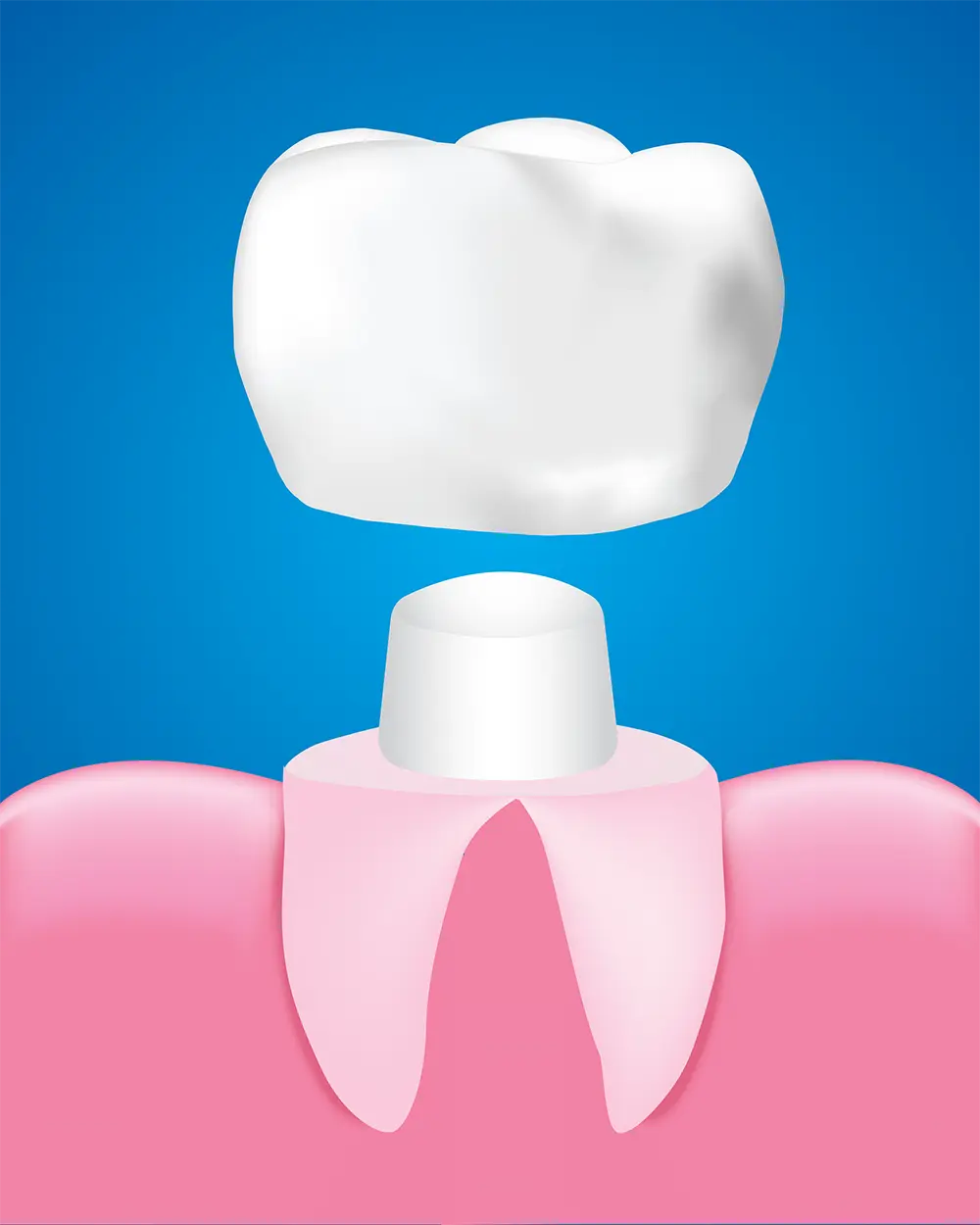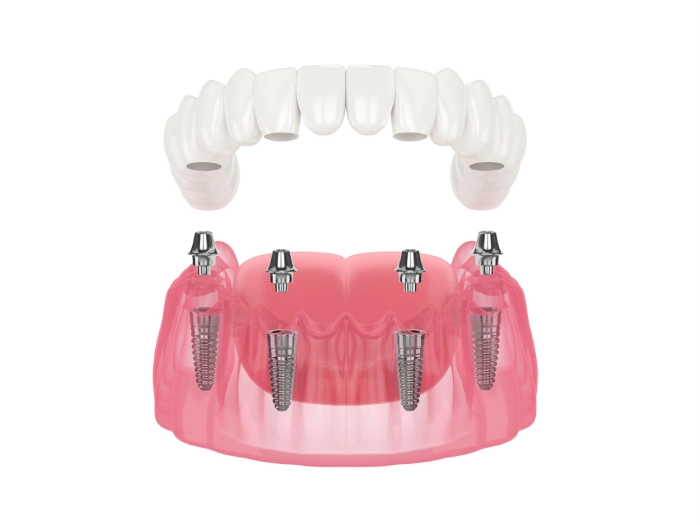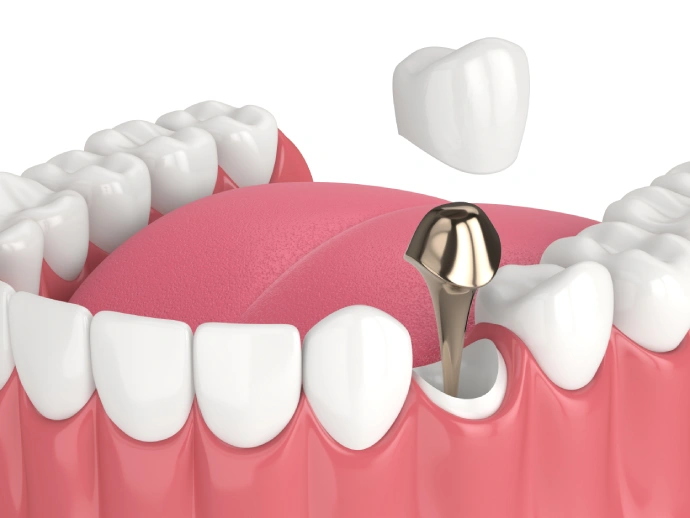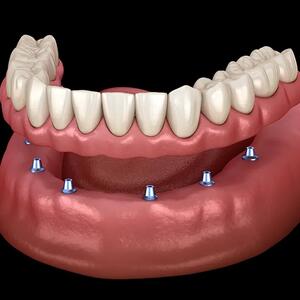How to Restore a Damaged Molar?
Facing the issue of a damaged molar tooth? Our article on Dental Portal offers solutions to help you restore not only the functionality but also the aesthetics of your teeth. Discover various restoration methods, from fillings to implantation, and choose the best option for you.
Problems with Molar Teeth
When restoration of a molar tooth is indicated:
- Cracks on the surface or in the enamel – affect the appearance and can lead to further destruction of the tooth.
- Chips on the walls or cusps – can injure the tongue and oral mucosa, increasing the risk of caries and pulpitis.
- Old fillings under which caries has developed – require re-filling or the installation of crowns or post-and-core buildups.
- Caries – starts with a small white spot on the enamel and can lead to significant destruction of the tooth.
- Pulpitis – inflammation of the nerve bundle due to caries, can lead to the formation of a cyst or granuloma and root damage.
Even severely damaged teeth can be restored if the root is intact and there are no cysts or inflammations. The dentist should conduct a diagnosis to assess the condition of the tissues.
Methods for Restoring Molar Teeth

Do not delay visiting a dentist if you have a damaged tooth. The sooner you seek help, the quicker the doctor can select a restoration method and perform all necessary procedures.
Fillings
For minor tooth damage, the dentist removes the affected tissue and fills the tooth. Modern fillings are durable, adhere well, and look aesthetic.
A tooth restored this way looks healthy but requires careful handling. Avoid chewing very hard food. Fillings wear over time and need to be replaced approximately every 3-5 years.
Crowns
A crown is placed on a tooth that has been prepared in advance. Suitable for severely damaged teeth when filling is not possible. For replacing several teeth, bridges are used. Crowns are durable and last 10-15 years.
For molar teeth, metal, metal-ceramic, or zirconium crowns are used.
Implants + Prosthesis

If a tooth cannot be saved, it is replaced with an implant and a crown. An implant is long-lasting and withstands heavy loads. It looks like a regular tooth.
Consider implantation immediately after tooth extraction. Without load, the bone thins. After a year, bone grafting or a sinus lift may be needed to place an implant.
Posts

For restoring a tooth with large fillings, the use of a titanium or fiberglass post, which is inserted into the root canal, is recommended. A drawback is that the post can exert pressure on the root, leading to its fracture.
Inlays

A core buildup is a reliable method for restoring severely damaged teeth. They are made from zirconium dioxide, ceramic, or composite material in a dental lab from an impression. A core buildup is completely hidden inside the tooth and withstands all the chewing pressure.
Questions and Answers
What is filling?
A filling is the process of removing carious cavities and restoring the tooth with a special material.
When is a crown needed?
A crown is necessary when a tooth is severely damaged and filling is not possible.
What is implantation?
An Implantation is the process of replacing a lost tooth with an artificial implant and then placing a crown on it.
What materials are used for crowns?
Crowns are made from materials such as metal, metal-ceramic, zirconium dioxide, and others.
What is a post in dentistry?
A post is a metal or fiberglass element that is inserted into the root canal to strengthen the tooth.
What is a core buildup?
A core buildup is a lab-made prosthesis for restoring a severely damaged tooth.
How often should fillings be replaced?
Fillings usually need to be replaced every 3-5 years, depending on the material and conditions of use.


